A rare look at daily life in Pyongyang
CBC's Saša Petricic shows life on the streets of North Korea's capital city
By Saša Petricic, CBC News Posted: Apr 20, 2017 5:00 AM ET Last Updated: Apr 20, 2017 5:00 AM ET
If last weekend's headlines about possible nuclear war made it to the ears of ordinary people in Pyongyang, it wasn't showing. During events marking the marking the birth anniversary of North Korean state founder Kim Il-sung, there was no sign of panic, nor preparations for war. On the capital city's streets and subways, people carried on with their lives.

(Saša Petricic/CBC)
Subway system
There are two subway lines in Pyongyang, with some 15 stations. But only two are shown to foreign journalists, pretty much every time any reporter visits. This is one of them. Carefully decorated with socialist realism motifs and elaborate paintings of North Korea's leaders, they seem well-used by people rushing to work — like anywhere in the world.

(Saša Petricic/CBC)
Military service
All North Korean men have to serve in the military, but young people are also assigned to work crews that are run much like the army. Except they're involved in cleaning, not combat.
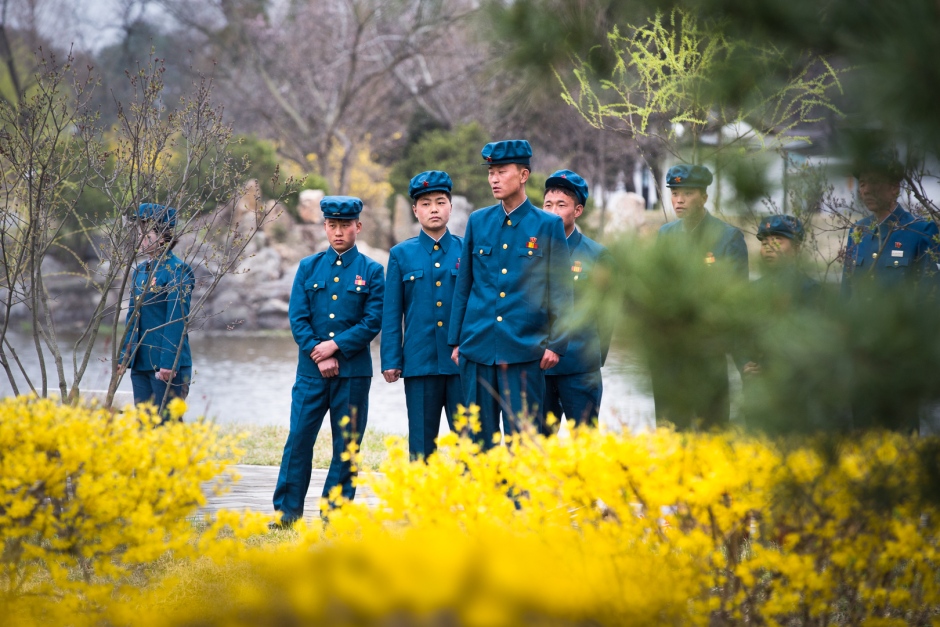
(Saša Petricic/CBC)
Street life
The streets of Pyongyang are busy with life, and on Sundays, families with children and grandparents are everywhere, dressed up. Eating ice cream. Riding bikes. There are still relatively few smartphones, so it's uncommon to see anyone texting or playing games.

(Saša Petricic/CBC)
Following the news
News is tightly controlled in North Korea. Government-run newspapers are posted in public places, like subway stations. Smartphones and personal computers are slowly spreading, but there is no access to the global internet. Instead, people can browse local sites with approved content.

(Saša Petricic/CBC)
Sophisticated city
Pyongyang is by far the most sophisticated place in North Korea. People from rural areas need permission to move here. For many years, the buildings were drab and grey, but many are now painted in blue, green and pink — reportedly the idea of Kim Jong-un.
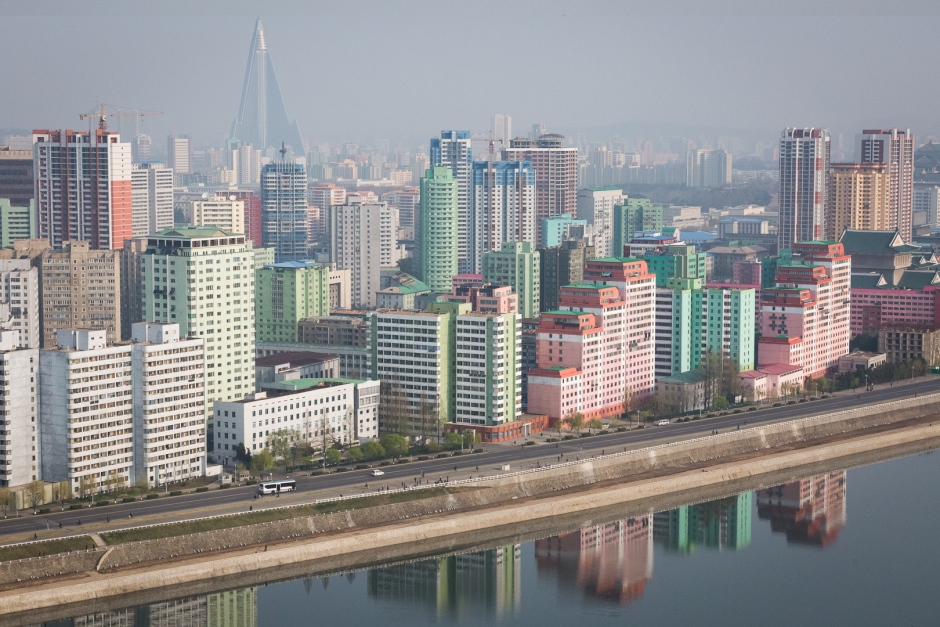
(Saša Petricic/CBC)
New development
There seems to be quite a bit of construction underway in Pyongyang, much of it modern and residential. On this day, a whole new development was officially opened to great fanfare. It was held up as an example to the country that, while sanctions can slow things down, North Korea can still complete projects in record time. (Though often with financing and materials obtained by shadowy foreign shell companies and mysterious bank transactions.)
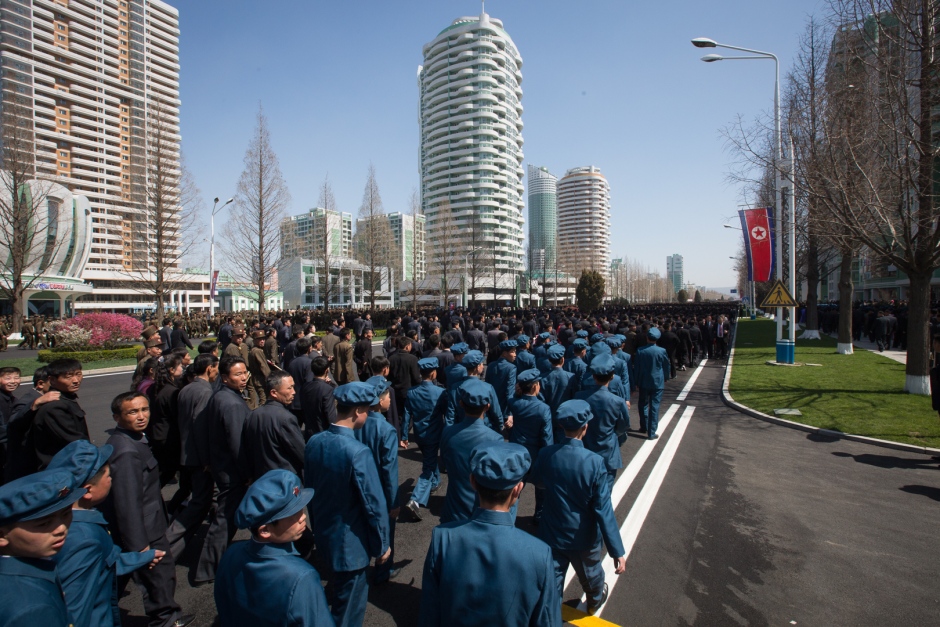
(Saša Petricic/CBC)
Dry run
Preparations for the big annual military parade start weeks in advance, and on this evening, before the event, streets across Pyongyang were jammed with people rehearsing their carefully choreographed roles.

(Saša Petricic/CBC)
In praise of missiles
At an after-school children's centre for the arts, young people put on a performance singing the praises of the country's missile program. Depictions of missiles are everywhere in Pyongyang: statues among flower arrangements, missile-shaped lampposts on the streets, and on posters in schools. Moving beyond just being part of a defence program, missiles have become a national symbol.

(Saša Petricic/CBC)
Special appearance
The two most conspicuous faces in North Korea are Kim Il-sung, the founder of the state and its longest ruler, and Kim Jong-il, the father of the current leader. Kim Jong-un, today's leader, is seen in public, but his picture is rare. During this latest tour for journalists, Kim Jong-un appeared in public several times, clapping and waving — but he did not speak.
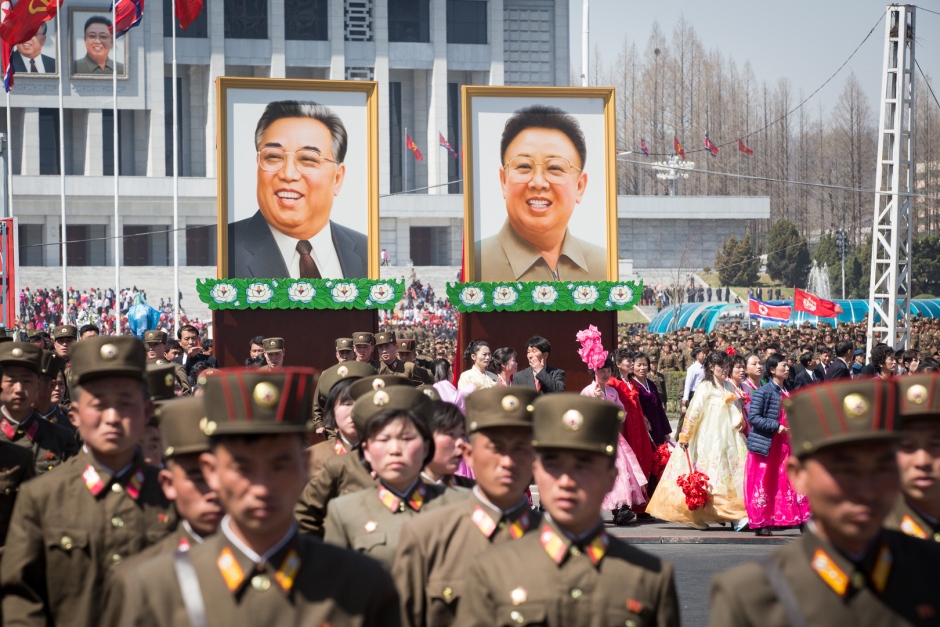
(Saša Petricic/CBC)
Family photo
Getting your picture (or your family's picture) taken next to the country's two previous leaders is considered a great honour — and for some, an annual tradition to be done the day after the annual parade.

(Saša Petricic/CBC)
Dear leader
Kim Jong-un is the man behind the North Korea's drive to develop nuclear weapons — and the missiles to carry them. He is the third ruler in the Kim dynasty, following from his father, Kim Jong-il, and his grandfather, Kim Il-sung.

(Saša Petricic/CBC)
Having faith
Raw emotion is on display at the big military parade. Many people cried as they passed the tower where Kim Jong-un stood. They also yelled out, wishing him a long life; their faith in him is absolute and their devotion is zealous.
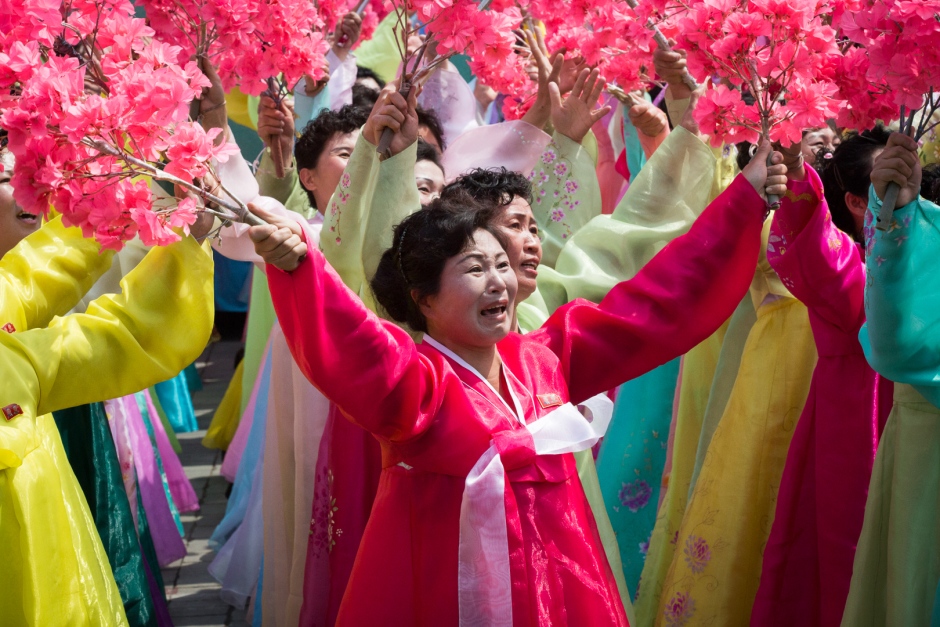
(Saša Petricic/CBC)
Rural North Korea
This is as close as most journalists get to rural areas of North Korea. There have been stories of severe poverty and starvation here, perhaps made worse by international sanctions that have cut off exports of coal and other resources. These regions have almost certainly been hit by the shifting of government resources, from building the economy to boosting the military.
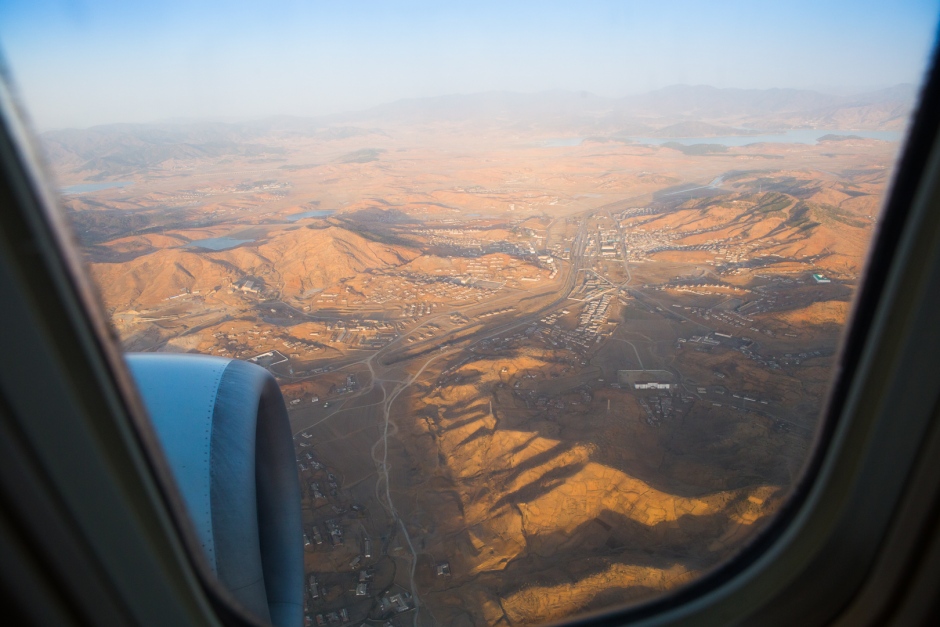
(Saša Petricic/CBC)
See more of Saša Petricic's images of North Korea on Instagram.
Latest Video
Most Viewed
- 'Prediction prof' who called Trump's win now predicts his impeachment, but scholars aren't convinced
- North Korea attempts, but fails, to launch missile
- Suspect in Facebook slaying kills himself after car chase, police say
- 'I am a member of ISIS': 2 prisoners in Mosul explain why they joined the jihadists
- Prince Harry opens up about mental health struggles after Diana's death
- U.S., allies weigh options after North Korea missile test, says Trump security adviser
- The battle for Bears Ears, the park Republicans want Trump to erase
- Mike Pence warns North Korea that 'era of strategic patience is over'
- Turkey votes to expand Erdogan's powers in referendum, critics claim fraud
- Cleveland police searching for shooting suspect who posted video on Facebook
Don't Miss
-

'The way he wanted': Why 1 Canadian chose a medically assisted death
-

Foreign buyers tax, expanded rent control coming to Ontario
-
 Go Public
Go Public
'Investors' interests not coming first': Poll suggests Canadians want better protection
-
 Analysis
Analysis
Trump's solution to 'unfair' American dairy woes: blame Canada
-

Travel advice from the pros: How to prevent your dream vacation from becoming a nightmare
-

Theresa May's decision not to do TV debates derided by opponents
-
 New
New
With marijuana legalization looming, 420 is different this year
-
 New
New
Russian think-tank drew up plan to sway 2016 election, U.S. officials say
-

Environmental group sues Catherine McKenna for failing to report on efforts to save caribou habitat
-

Barbershop banknote: Did Sir John A. Macdonald get a $10 haircut?
-

Canadians approve of Liberals' marijuana legalization, but with some reservations, poll suggests
-
 Opinion
Opinion
Yes, a gender-sensitive budget is necessary. Even in Canada. Even in 2017
-
 Photos
Photos
A rare look at daily life in North Korea's capital city
-

Retroactive changes to criminal pardons violate charter rights, B.C. judge rules
-

Undercover police used fake car accident to meet murder suspect, trial hears





